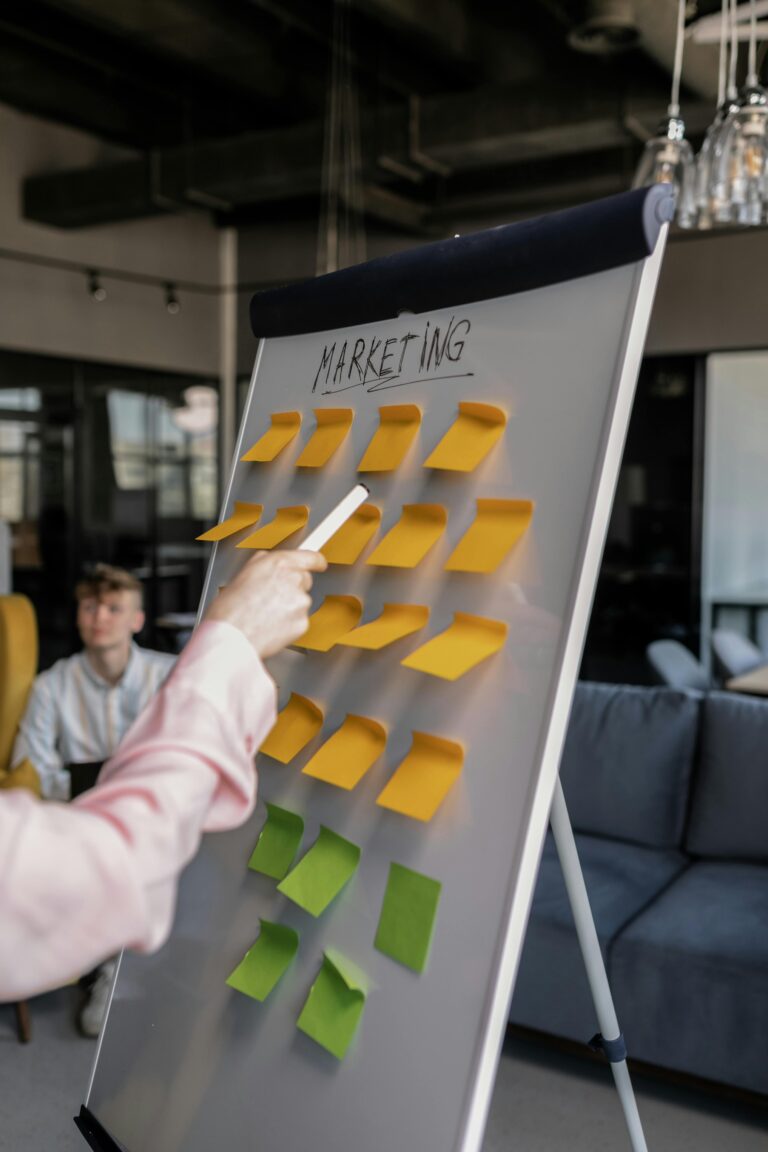The B2B buying process for technology solutions has undergone a remarkable transformation, driven by the digital era, evolving decision-making dynamics, and heightened buyer expectations. In this article, the first of our Buyer Enablement Series, we’ll explore the key shifts defining the modern buyer journey and provide insights into how today’s technology buyers navigate their path to purchase.
1. Buyer Independence and the Digital Research Revolution
Today’s buyers are more independent than ever, armed with digital tools and a wealth of information.
- Self-education: before engaging with vendors, buyers conduct extensive research. They explore solution options, read peer reviews, analyze competitors, and download content like whitepapers and case studies.
- Third-party validation: buyers trust their professional network and independent review platforms like G2 and Trustpilot more than vendor-supplied information. While vendor content remains useful, it’s often seen as biased, underscoring the importance of unbiased third-party insights.
2. Buying Committees and Collaborative Decision-Making
The days of a single decision-maker are over. Today, purchases are driven by cross-functional committees.
- Expanded committees: buying groups now encompass IT, finance, operations, and end-users, ensuring decisions meet company-wide goals while mitigating risks.
- Collaborative dynamics: solutions must address varied needs—security for IT, ROI for finance, and usability for end-users—making the sales process more complex but also more holistic.
3. ROI and Outcome-Centric Expectations
Modern buyers demand results and measurable impact from their investments.
- Focus on ROI: demonstrating clear business outcomes like cost savings, operational efficiencies, or revenue growth is essential for vendors.
- Outcome-based sales: sales teams must address specific pain points with concrete metrics, supported by case studies and customer success stories.
4. Digital Tools for Evaluation
The rise of digital tools has empowered buyers to test-drive solutions before making commitments.
- Demos and trials: buyers expect access to digital demos, free trials, or sandbox environments to explore products firsthand.
- Hands-on testing: evaluating software in their own environment allows buyers to assess usability, compatibility, and integration potential.
5. A Lengthened Process and Delayed Sales Engagement
The complexity of the modern buying journey has extended timelines and shifted when sales teams get involved.
- Delayed engagement: buyers engage sales teams later, often after narrowing their options. When they do reach out, they expect tailored, informed conversations—not generic pitches.
- Complex approvals: with multiple departments involved and heightened scrutiny on ROI, approval processes involve detailed reviews from legal, security, and compliance teams, prolonging timelines.
A Typical Modern Buyer Journey
Let’s map out the stages of a typical B2B buyer journey today:
- Problem identification: the process begins with recognizing a business challenge or goal, such as improving efficiency or reducing costs.
- Research and information gathering: committee members independently gather insights through online research, third-party reviews, and industry reports.
- Solution evaluation: Vendors are engaged for demos, case studies, and webinars. Buyers test solutions in sandbox environments to evaluate fit.
- Consideration and ROI analysis: the committee narrows down options, analyzing ROI potential and alignment with company goals.
- Approval and procurement: finance, legal, and security teams review the final choice, ensuring compliance with internal standards.
- Final decision and implementation: after purchase, the implementation phase begins, with stakeholders monitoring whether the solution delivers the promised outcomes.
What This Means for Vendors
The modern B2B buyer journey requires vendors to adapt their strategies:
- Build trust with transparent, value-driven content
- Cater to cross-functional needs with tailored messaging and demonstrations
- Demonstrate clear ROI and support it with data and case studies
- Offer hands-on evaluation tools to let buyers test solutions in real-world scenarios
- Engage as trusted advisors, ready to address specific buyer concerns rather than offering generic solutions
In the next installment of our Buyer Enablement Series, we’ll explore how to leverage the PART framework for effective buyer enablement, diving into how you can meet buyers where they are and streamline their decision-making process.
Stay tuned for more insights into transforming the modern buyer journey into a seamless, collaborative, and outcome-focused experience.
For more on all things revenue related, you may enjoy our Quest to Quota Attainment Course. It is broken up into short modules, making it easy to learn and practice new skills in short but effective time blocks each day. And finally, if you need hands-on support for your revenue efforts, check out the services we offer.




